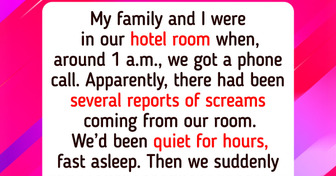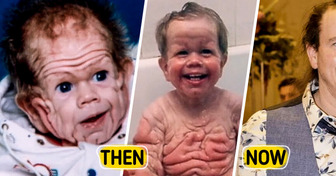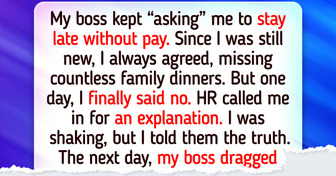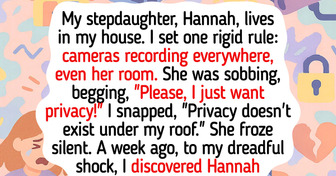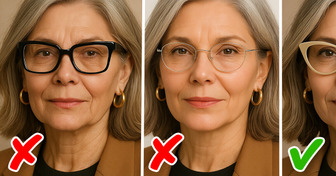14 People Reveal Wild Travel Experiences That Still Haunt Them

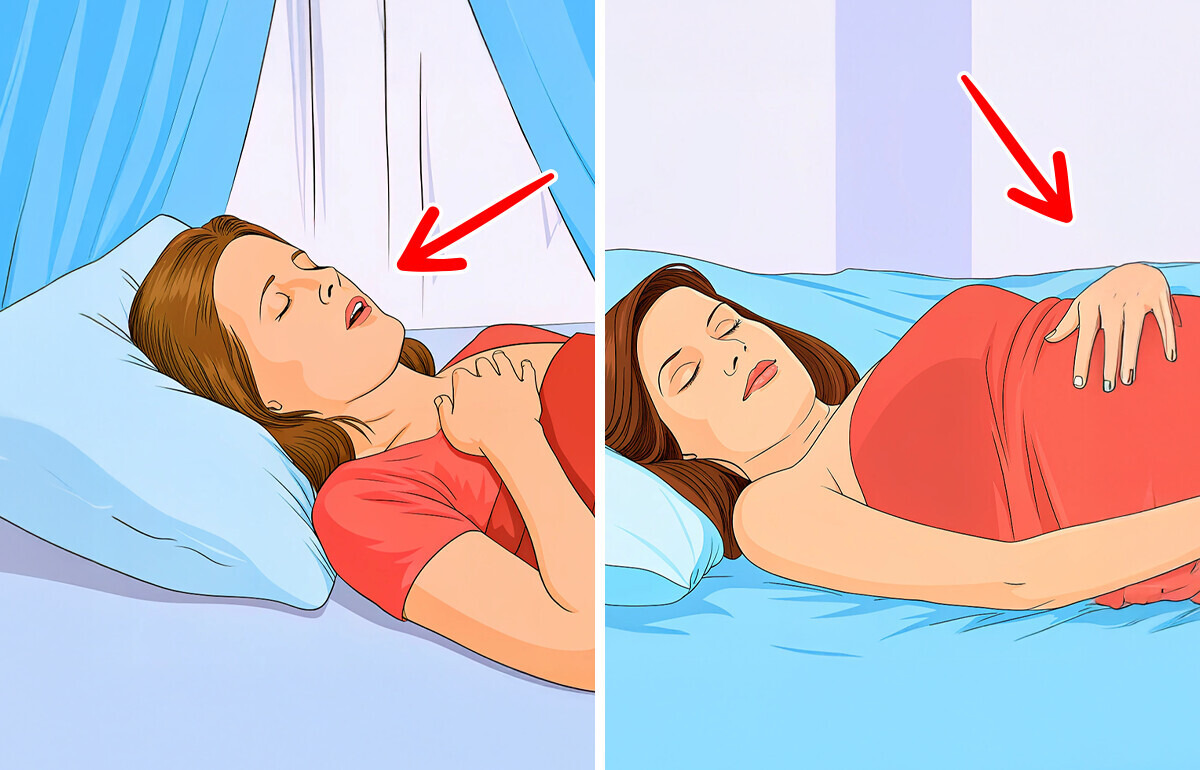
A lot of people struggle with poor sleep and anxiety, but science offers a simple, natural solution. Certain breathing techniques can quickly lower stress, regulate the nervous system, and improve sleep quality. These methods are backed by research and can be practiced anytime for immediate relief.
CONTENT IS PROVIDED FOR INFORMATIONAL PURPOSES ONLY AND IS NOT INTENDED AS A SUBSTITUTE FOR MEDICAL ADVICE.
SEEK THE GUIDANCE OF YOUR DOCTOR REGARDING YOUR HEALTH AND MEDICAL CONDITIONS.
Inspired by well-known Pranayama exercises, the 4-7-8 breathing technique was popularized by Dr. Andrew Weil in 2015 and has helped many people better their lives by encouraging relaxation for people who deal with stress, anxiety, and other issues. It involves breathing in for 4 seconds, holding the breath for 7 seconds, and exhaling for 8 seconds. It is said that this particular rhythm balances the autonomic nervous system of the body, fostering a feeling of calmness and serenity.
As Dr. Weil indicates, the 4-7-8 breath is the ideal portable stress reliever since it makes the practitioner relaxed almost instantly, takes very little time, requires no special equipment, and can be performed anywhere.
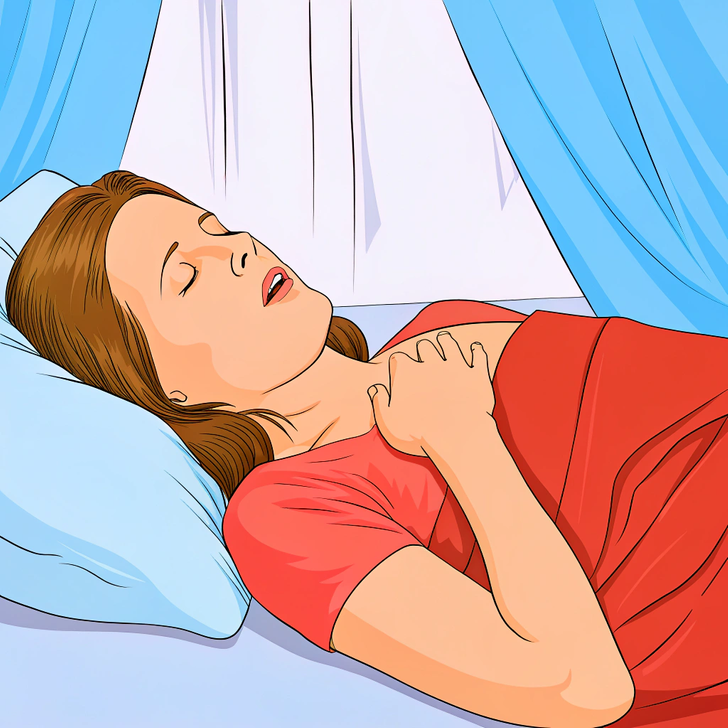
This technique can be performed in any position; however, while learning the exercise, sit with your back straight. Throughout the entire exercise, press the tip of your tongue against the tissue ridge directly below your top front teeth. If it feels strange, try slightly pursing your lips as you exhale through your mouth around your tongue. Follow these steps, according to Dr. Weil:
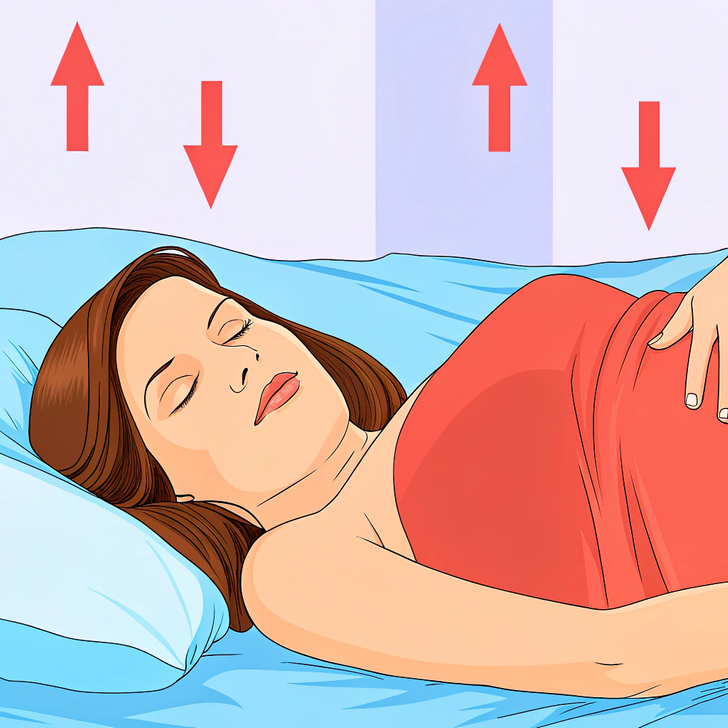
The 4-7-8 breathing technique helps promote relaxation by influencing the nervous system that controls heart rate, digestion, and respiration. It works by counteracting stress and encouraging calmness. This is the science behind this technique.
Inhaling deeply for four seconds activates the parasympathetic nervous system, which helps the body relax. Holding the breath for seven seconds enhances oxygen flow and increases carbon dioxide levels, which can further calm the mind. Finally, exhaling slowly for eight seconds helps lower the heart rate and reduce the fight-or-flight response, promoting a sense of peace and relaxation.
According to othership US, there are 7 benefits in practicing 4-7-8 breathing:
If you want to start incorporating the 4-7-8 breathing technique in your routine, it is recommended to start with four cycles of 4-7-8 breathing twice a day to get used to it. As you become comfortable, increase up to eight cycles per session. If using it for sleep, you may fall asleep before finishing. Practicing daily enhances its benefits.
Caution: This technique can cause deep relaxation and drowsiness, so always do it while sitting or lying down to prevent dizziness. If you have respiratory issues or other health concerns, consult a doctor before starting.
And some people share their own tips for doing that help them in this exercise:
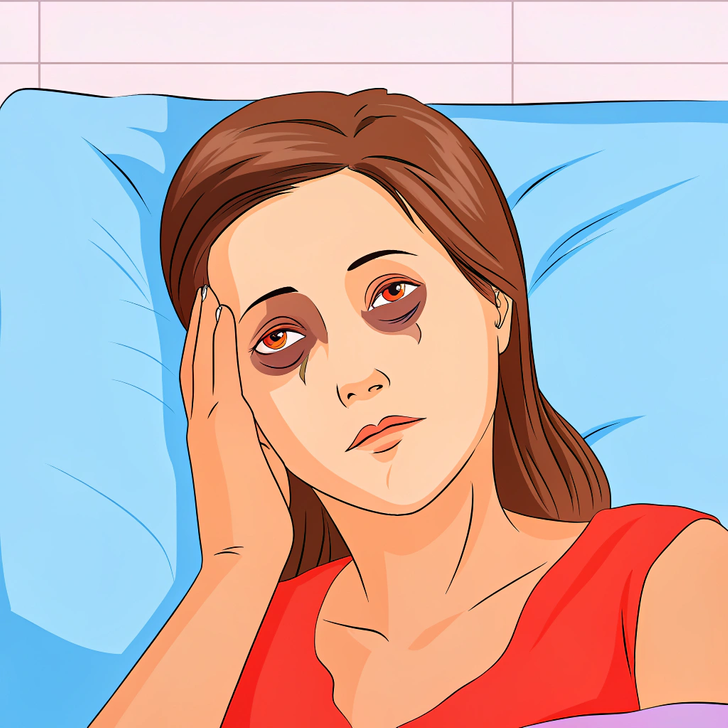
Best for: Instant stress relief, calming panic attacks, and improving focus.
How to do it:
Why it works:
— Activates the parasympathetic nervous system (your body’s “chill mode”).
— Lowers blood pressure and slows down rapid breathing.
— Increases oxygen flow to the brain for better emotional control.
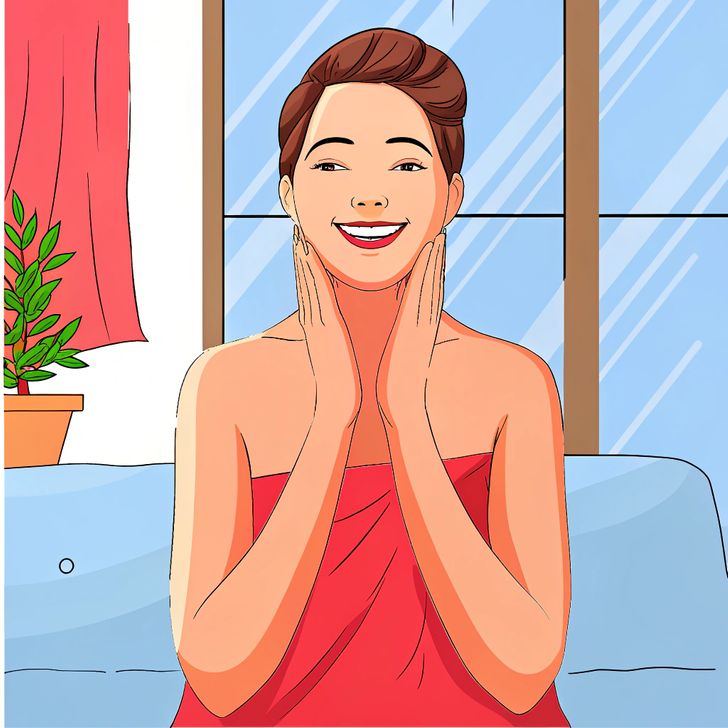
Best for: Releasing tension, stopping overthinking, and reducing anxiety in seconds.
How to do it:
Why it works:
— Releases CO₂ buildup, which instantly lowers anxiety.
— Mimics natural sighs your body does to reset stress levels.
— Stops panic responses and helps regulate emotions.


